As with any plumbing, pipes and drains can often feel the adverse effects of plummeting winter temperatures and snapping frosty periods. You need make sure your home is ready for the changing seasons, here’s how can you guard against the harsh effects of winter.
Is your home ready for the changing season?
< Back to AdvicePrepare your pipes and drains
Insulate your pipes – Insulation is one of the best ways in which to guard against frost damage, and isn’t as expensive a measure as you might initially imagine. Any pipes, drains, cisterns and other water-containing structures should be drained for winter if they are not going to be in use, while those that are should be insulated – it’ll save you from freeze-induced headaches and will have the additional benefit of reducing your energy expenditure.
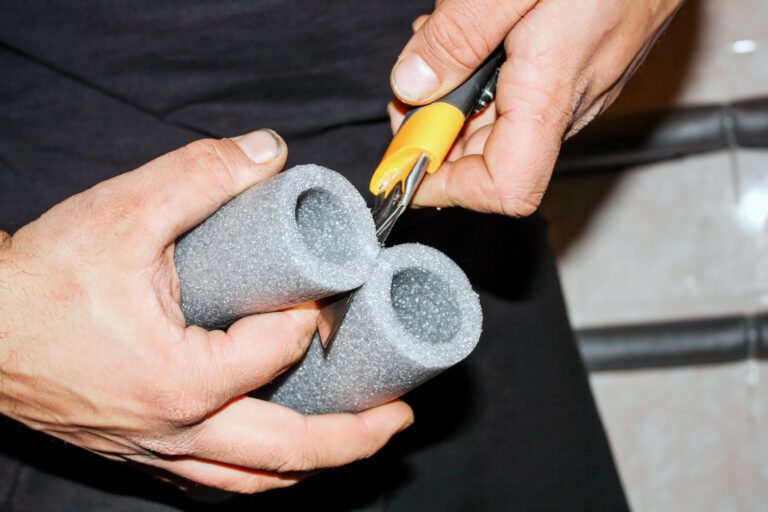
Keep your guttering and drains clear
The quickest and easiest way to make sure your drains are operating at peak efficiency is, quite simply to clean them! Remove any leaves and mud from the grate to stop any potential freezing and blocking in your drains.
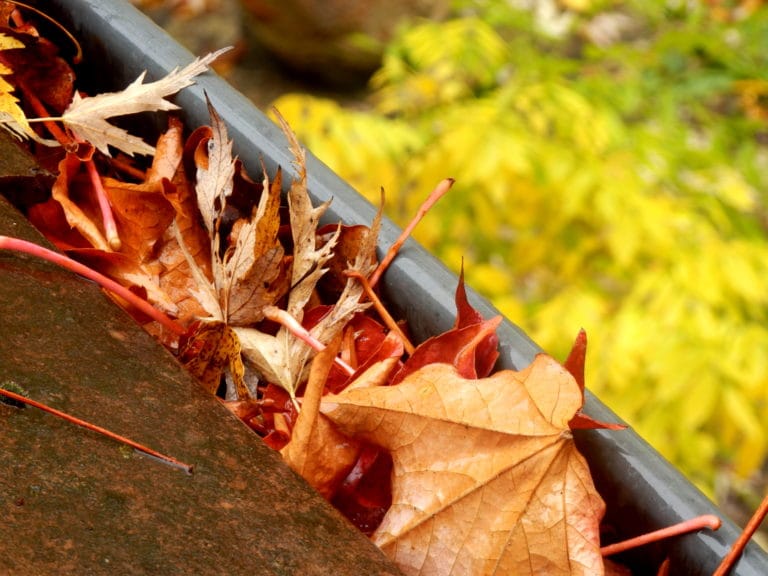
Be draught-aware
Small gaps between masonry or under doorways – particularly in the garage – can quickly cool down and freeze any at-risk pipes in the home. Plug these up using insulation, wood or plastic, although don’t extend this to any exterior vents such as those connected to the heating system unless you don’t plan on using said appliance over the winter.
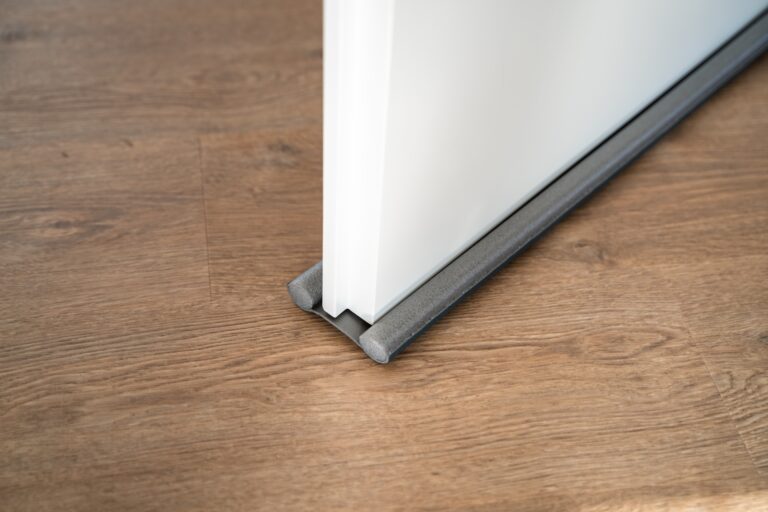
Keeping your home warm
Make sure your whole home is kept warm. By leaving your heating on a low or frost setting when you’re not home can prevent pipes freezing and putting draught excluders on doors.
An easy way to stop heat escaping in your home is to close your curtains when the heating comes on in the evening.

Fix any leaks and dripping taps
Dripping taps and small leaks may not seem like an issue but it’s important to repair them before they can cause a bigger problem. Making repairs to dripping taps and small leaks will not only save water but will also save you money on your water bill.
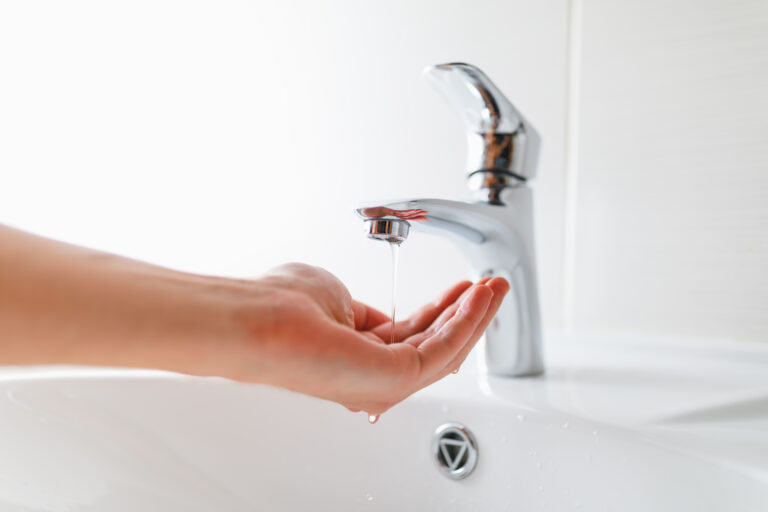
Know where your stop tap is
Your stop tap is usually located under your kitchen sink but it’s worth checking the location before anything happens so that you can react quickly in an emergency to shut off the water supply.
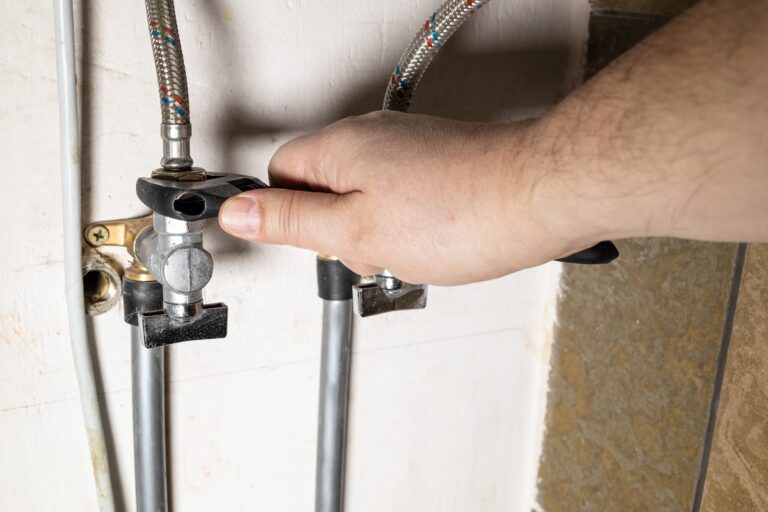

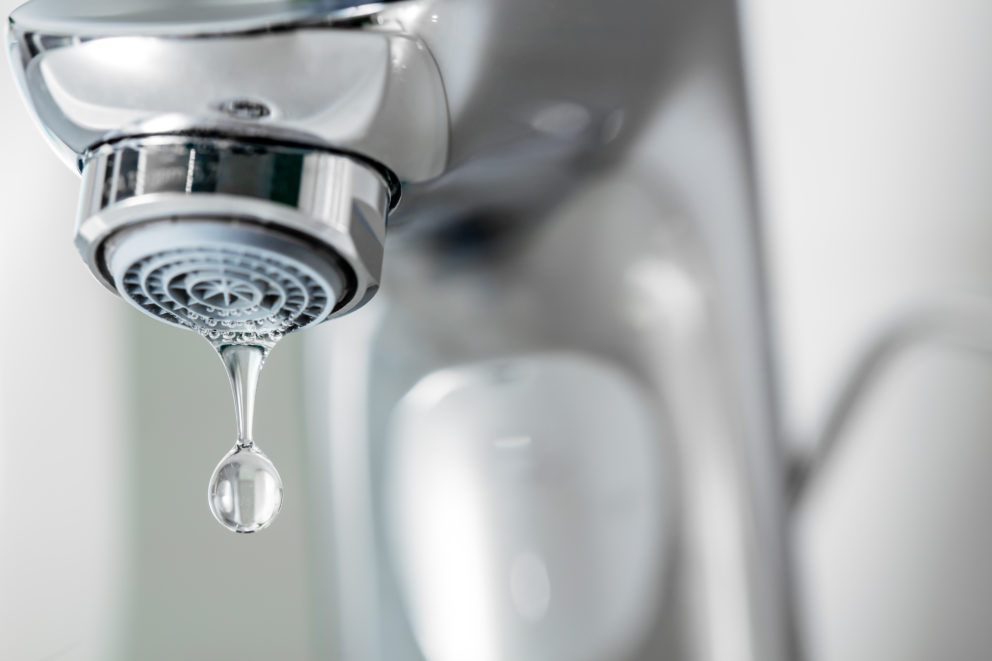 >
>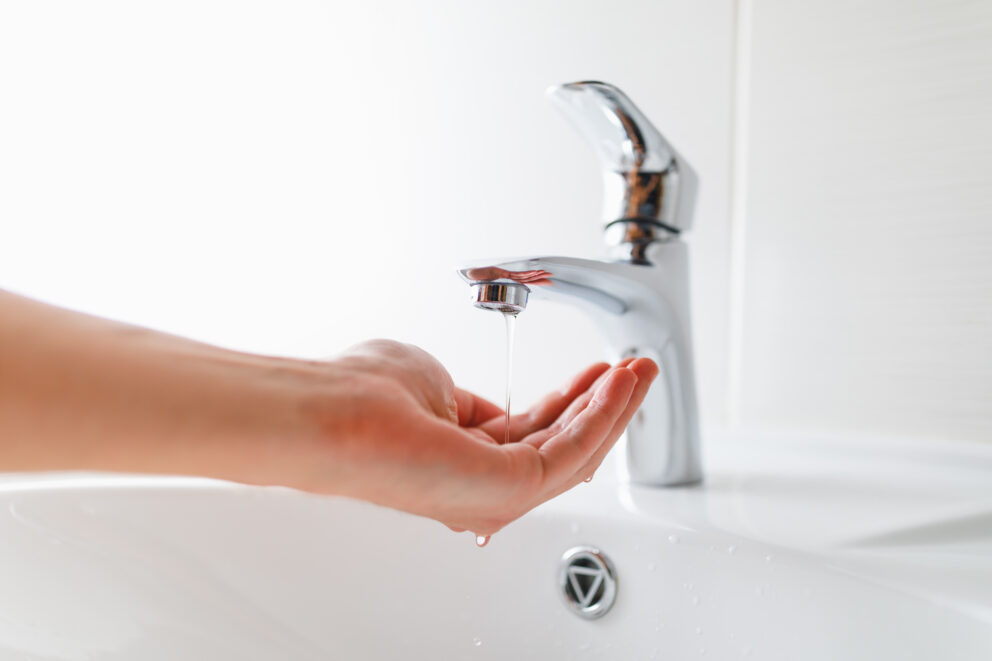 >
>